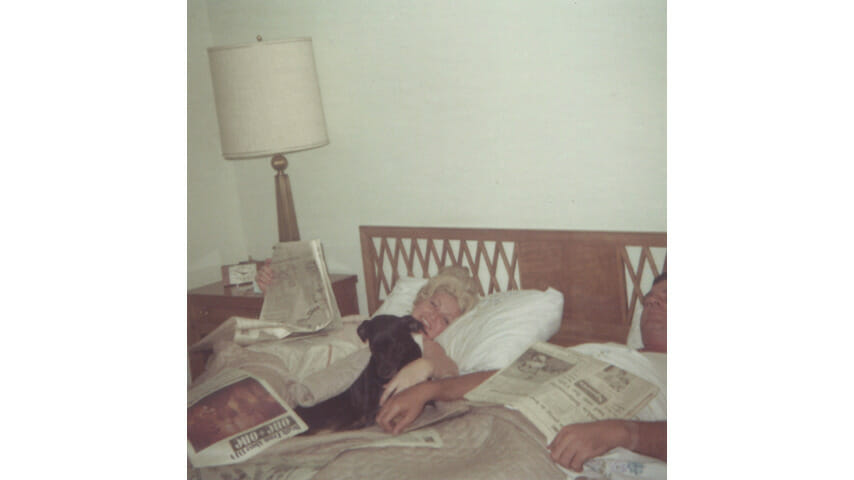Death From Above 1979 Abandon Outrage Without Losing Their Fire on Is 4 Lovers
Initially formed around the concept of limits, the Toronto duo keep covering new ground

If Death From Above 1979 give off the appearance that they make stripped-down music simply because there are only two people in the band, the size of their sound indicates otherwise. Where popular two-person outfits like The White Stripes and Black Keys distill music down to its most basic building blocks on a quest to capture the pure essence of rock and roll (whatever that means), Death From Above 1979 are a different animal altogether. For starters, they never occupied the same place in the zeitgeist: Though they’ve drifted towards a straight rock style, they first made a splash with a metallic hybrid of punk and dance music that has more in common with experimental post-hardcore groups like The Blood Brothers, These Arms Are Snakes and others who proliferated in the early- to mid-2000s.
And though Death From Above 1979’s instrumentation consists of just vocals, bass, drums and keyboards, they tend to employ those instruments for maximalist effect. Bassist/keyboardist Jesse Keeler is so conscious of tone that even when he and drummer/vocalist Sebastien Grainger simply bash away like a couple of teenagers playing a basement show, the overlapping timbres coming from his amps fill the stereo field with endless contours. In a sense, Keeler plays bass and keys, but he’s also playing his amps (the same ones he’s used since Death From Above 1979 formed in 2001, when he and Grainger basically shrugged and decided not to find other bandmates).
In an interview conducted shortly before the release of their fourth full-length Is 4 Lovers, Keeler and Grainger discussed how their music sounds most at home in small spaces. Indeed, their sound can be so visceral and active, especially in person, that it immediately makes you think of sweating. It’s hard to put into words why that is, but press play on even the most pensive moments on Is 4 Lovers and it’s as if Death From Above 1979 have captured in sound what it feels like to be in the throes of something. On “One + One,” for example, Grainger reflects on new parenthood, offering profound observations like “love is action” and “one plus one makes three—that’s magic” as if he were in the middle of an exercise routine.
Grainger, whose daughter was born as the album was taking its final shape last year, gets more explicit on another verse, singing, “I walk in and the kid starts dancin’ / my heart goes boom-boom-boom.” If you weren’t listening closely enough, you might mistake his high-pitched moans for Prince-like exhortations of sexual desire, the refrain “love is action” like some kind of dance floor come-on—it’s easy to get that impression from the song’s driving, aerobic groove, which sees Grainger re-creating the drumbeat from Devo’s 1981 deep cut “The Super Thing.” But as much as the musical choices on “One + One” convey a lust for life in the Iggy Pop sense, Grainger is getting at something far more sublime in his awe at the way love between two people creates life.
-

-

-

-

-

-

-

-

-

-

-

-

-

-

-

-

-

-

-

-

-

-

-

-

-

-

-

-

-

-

-

-

-

-

-

-

-

-

-

-








































